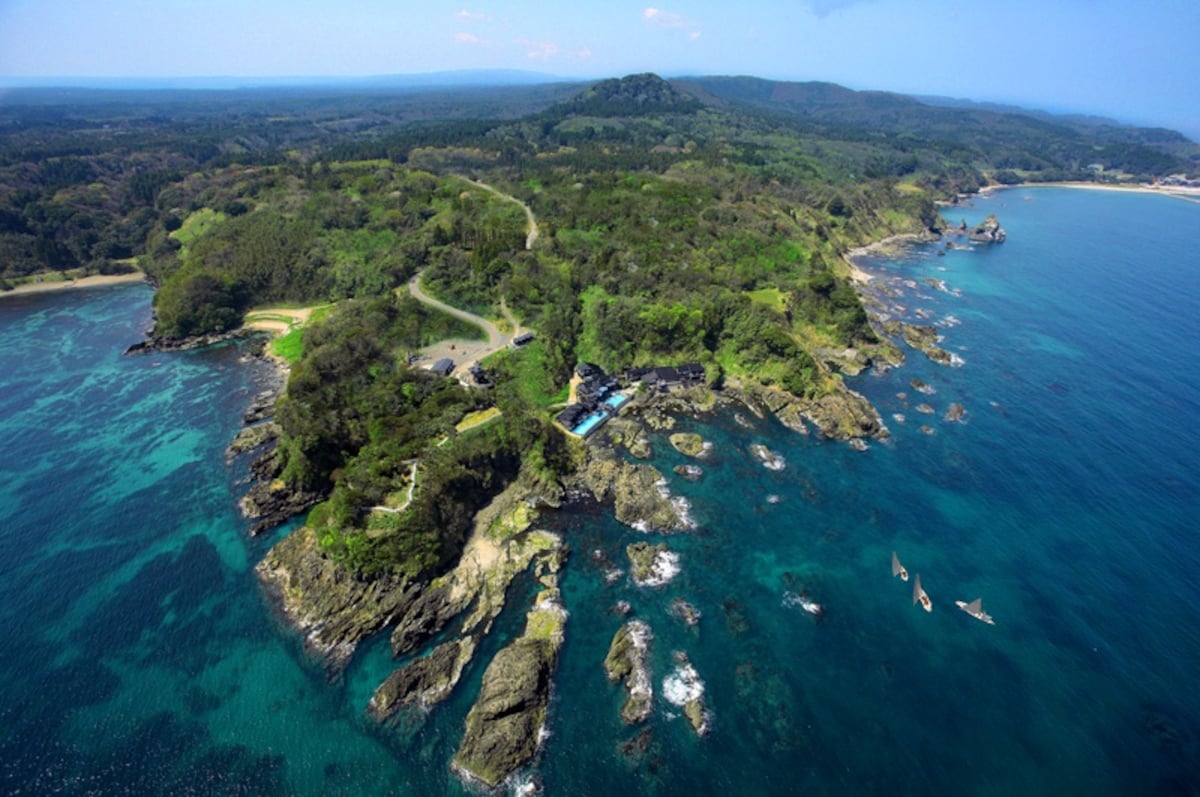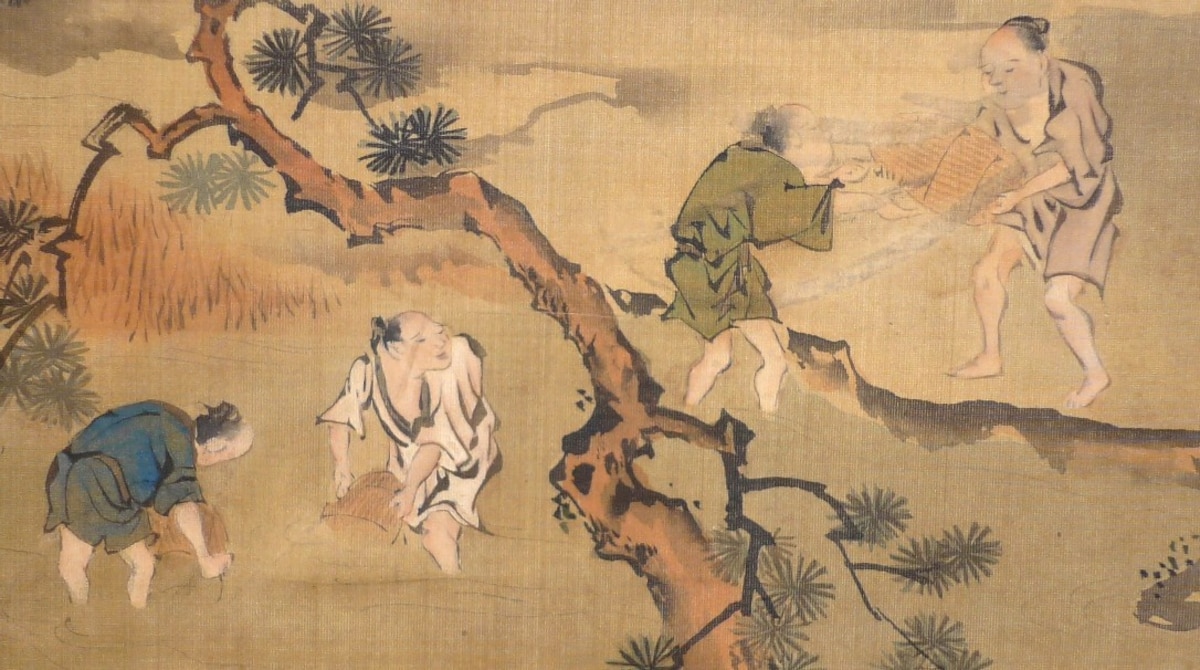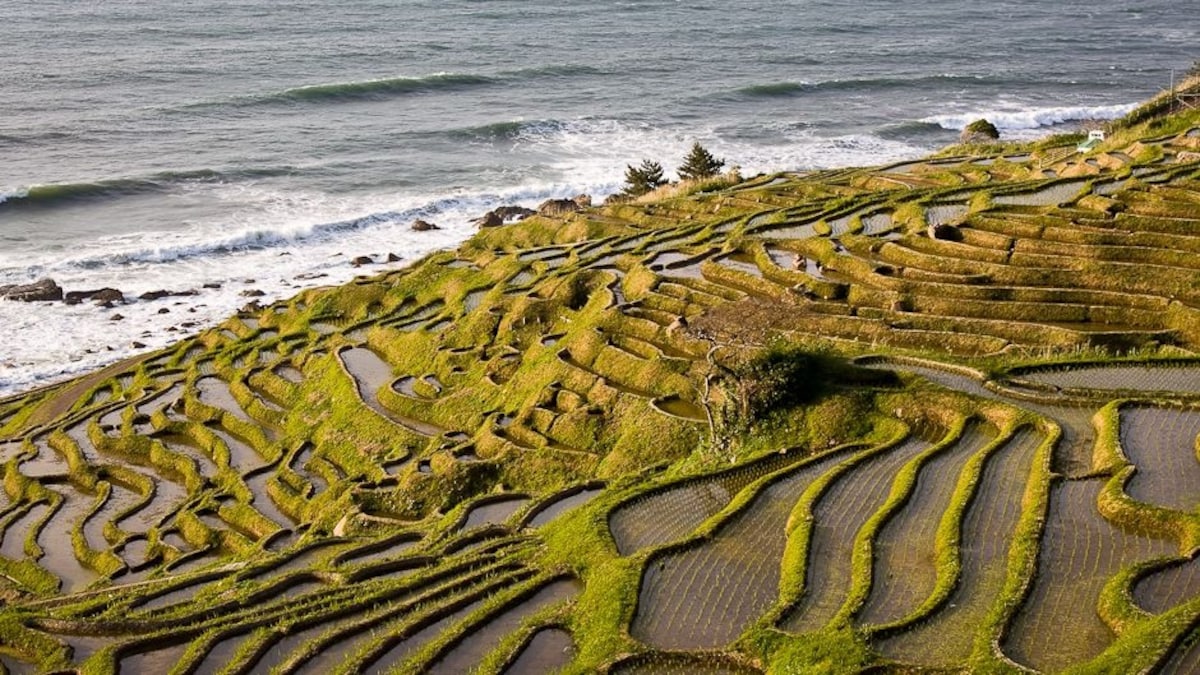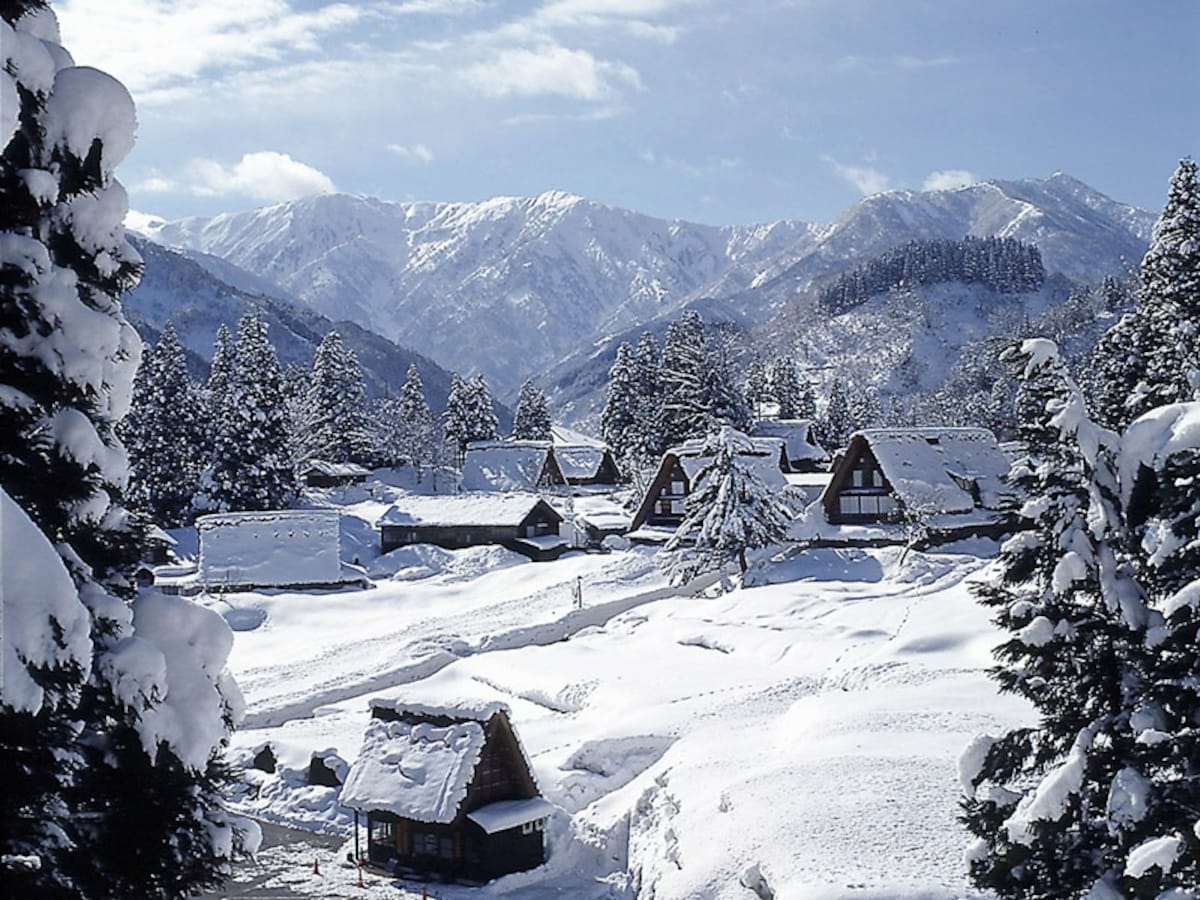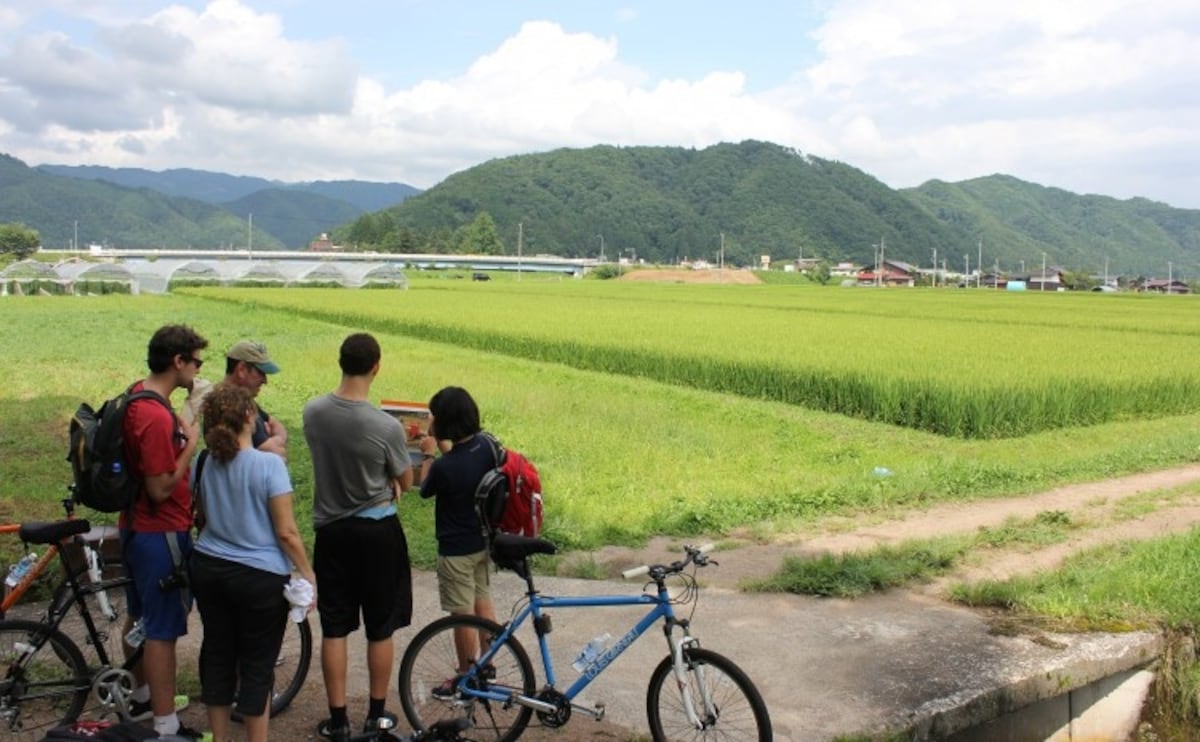Wonders of Japan: Harmony with Nature
In the old days, Japanese people were good at obtaining all of the necessities of life (like water, food and fuel) from near their homes. They lived in close connection with their natural environment and Mother Nature was kind to them, and they gave thanks for this.
By AAJ Editorial TeamIn many ways those days are gone, lost in the rush to modernize, but the spirit, passed from one generation to the next, still lives on, and is in fact seeing something of a revival as people recognize new possibilities in the old way of living.
One good example of this is found on lshikawa Prefecture's Noto Peninsula, which extends into the Sea of Japan. In 2011, the old ways of the land and the sea practiced there were registered as an aspect of Globally lmportant Agricultural Heritage. People still use traditional ways to farm and fish, cultivating rice fields carved out of mountain slopes, living sustainably in harmony with nature, celebrating their culture and holding traditional festivals against a backdrop of beautiful scenery. They receive the blessings of nature without a feeling of entitlement, incorporating them into their daily lives. In the old days this was how the Japanese lived, and these ideals and traditions are quietly making a comeback in parts of the county.
Farming
Farming, including the cultivation of rice, began in Japan almost 3,000 years ago in the Yayoi Period. Rice farming was introduced from southern China into western Japan first, then spread gradually northward until by the eighth century it was practiced throughout the country except for Hokkaido.
Rice has long been the staple food of the Japanese people, but it is more than just that—it also has an honored place in festivals and annual celebrations, and is offered to the gods in the hope for a good harvest. Thus, it is closely tied to Shinto rituals and the veneration of nature.
Rice Terraces on the Noto Peninsula (Ishikawa)
There is a group of rice terraces along the gentle curves of the Sea of Japan coast that occupy only about 3.8 hectares (9.4 acres) but number approximately 1,000, giving them the name Sen-mai-da (1,000 Rice Fields). Traditional farming methods are followed here, beginning at seeding time. Work on the terraces keeps alive memories of the days when farming was done like this throughout Japan long ago, and at sunset the paddies take on a mystique of their own for anyone who stops to admire them.
The Mountain Village Ainokura (Toyama)
The mountain village Ainokura in Toyama Prefecture has a number of strikingly beautiful thatched roof houses built over the centuries, beginning in the Edo Period (1603-1867) and continuing until the Taisho Period (1912-1926). With a pitch of about 60 degrees, the roofs are steep enough to shed rain quickly. They also let snow slip off easily, thereby reducing the need for humans to do it.
The area, known as Gokayama, has experienced many heavy snowfalls over the centuries, and the people have used their ingenuity to get around that problem. Traditional ways of living and culture are safeguarded and passed on to the next generation here, amid rural surroundings dear to the hearts of the Japanese people. In 1995, "The Historic Villages of Shirakawa-go and Gokayama" were added to the list of Word Heritage Sites, along with the villages of Shirakawa-go Ogimachi and Suganuma in Gifu Prefecture.
Satoyama Experience (Gifu)
Satoyama is a term referring to rural, natural areas in Japan, representing environments abundant with the wisdom of our predecessors who, through traditional farming and culture, coexisted with nature. This guided tour provides participants with the invaluable opportunity to learn about the way of life in Gifu Prefecture's Hida region while cycling through the beautiful rural scenery and savoring its nostalgic ambiance. The tour offers a glimpse of a uniquely Japanese lifestyle that can hardly be seen in ordinary sightseeing tours.



